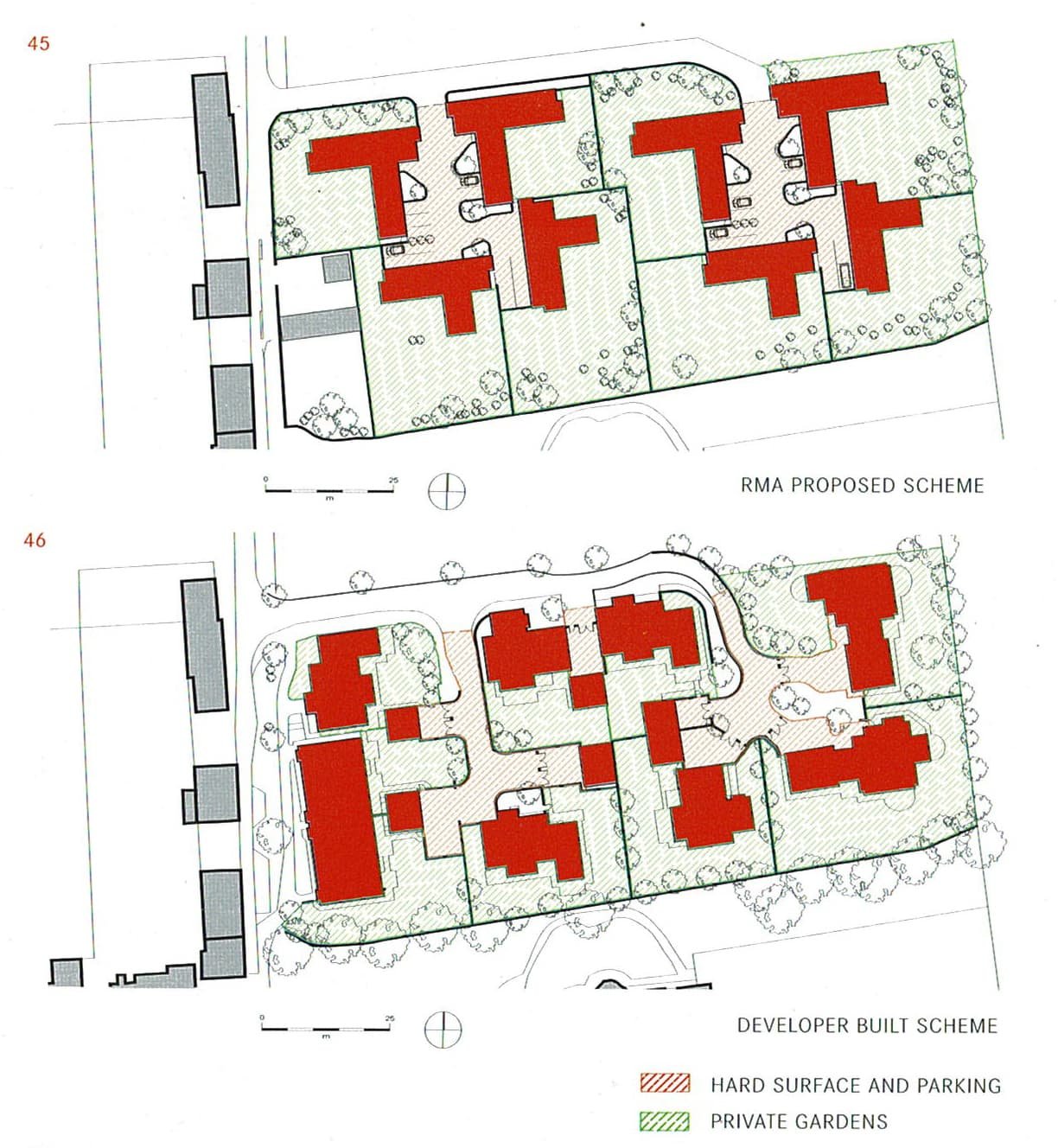Designing Developments that Buyers Love
Well-known architect Richard Murphy in his most recent book tells the story of working with a developer on a suburban site in Dirleton, East Lothian. It’s a story that will sound familiar to many in the industry, and can help illustrate the difference in typical approaches of architect and developer.
On appraisal of the site, Murphy proposes a scheme for 8 suburban houses that are carefully designed to make the most of the light and outdoor space, but he is puzzled when his design is ultimately rejected by the developer in favour of what he describes as a more ‘traditional’ set of houses that are measurably less well designed (“24% less garden space”). In his reflection the architect puts this outcome down to ‘conservatism’ among developers.
I'm a great admirer of Richard Murphy. His work is well detailed in a way unparalleled among architects, and has a human in scale that makes it delightful. But this comment got me thinking: Are developers really conservative?
I propose that what many an architect describes as conservatism is in fact a deep understanding of the priorities of the home buying public.
Brilliant as Murphy's scheme is, he misses an important point: the meaning of each building to the people living in them.
Take a look at these two designs: First, Murphy’s:
Now let’s do an exercise of memory-association: What do you think of when you look at his image? It reminds me of workshops, cottage industry, or working mews. A horse and cart wouldn't necessarily look out of place in that courtyard.
Now the developer’s built scheme
What do you think of when you look at this image? An old vicarage, a hint of grandeur in those pointy gables. Rustic but aspirational.
This kind of visual association shows us how buildings mean things to people. Their style and design is full of symbolism and visual cues for and about their owners (or potential owners). To many people a detached house symbolizes independence and self-determination; a deep roof evokes enclosure and warmth, and classical porticos signal a kind of superior status. These cues are readily perceived without any architectural training – the average person can tell much about his neighbour’s intent by looking at his house, and often chooses to express his or her personality through his home.
Many a designer may choose to ignore these symbolic resonances in favour of practical and measurable concerns but home-buyers don’t – and good developers know this well.
Whilst practical issues are important to home-buyers, they are not their only priority. Each is prepared to sacrifice bit of function if necessary to get the right 'look' - to fulfil their psychological and communicational functions in their home in expressing their personality.
So how do we avoid the situation in which Murphy found himself – a technically excellent design but missing the mark with the messaging? To avoid the miss-match of expectations around design, architects and developers need to have an open conversation around the style of each project.
It might seem grandiose or possibly irrelevant to discuss symbolism on a construction project, but at heart we are asking the question “Who is the target buyer for this property?” and “What does that person want to feel like when they look at their house?”
If we can answer those questions well we have a recipe for creating homes that buyers will love, and optimise value and sales for developers.



